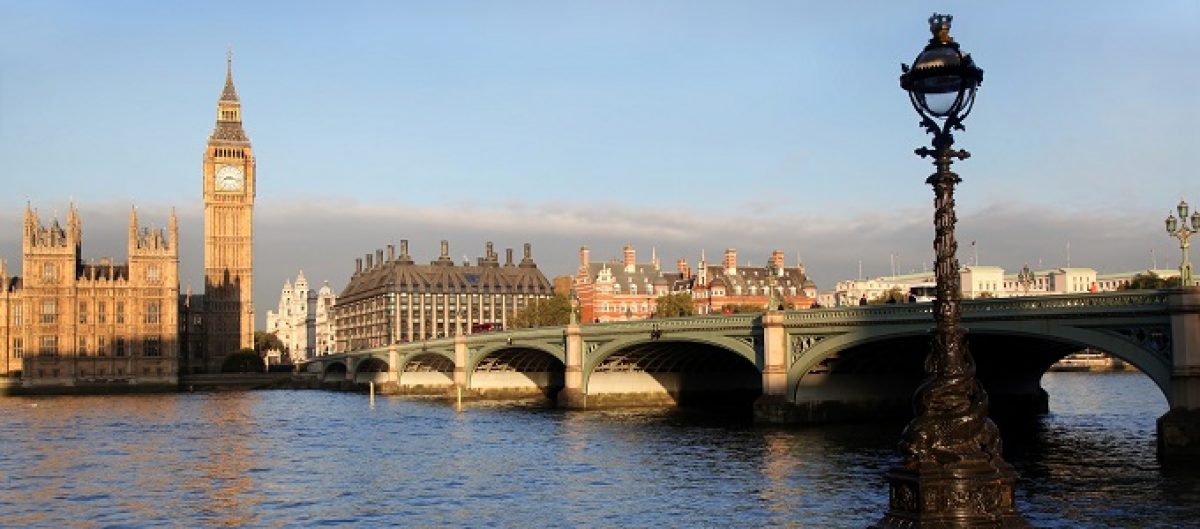Buckingham Palace
Although it was built in 1703, Buckingham Palace only became the official royal residence when Queen Victoria decided to make it her home in 1837. Nowadays when Queen Elizabeth is in the Royal Standard flag flies at full mast. Among its suitably ornate rooms are the State Rooms where dignitaries and other royals are received, and the Chinese Dining Room, all furnished with classic paintings, ornate chandeliers and candelabras.
The Tower of London
Throughout its infamous history the Tower of London has been a fortress, prison, castle, zoo and in more recent times a tourist attraction and live music venue. Construction began towards the end of the 11th century, and the White Tower is what remains of this period, making it nearly 2000 years old. This was where Anne Boleyn, second wife of Henry VIII was beheaded, and where the Kray twins were detained after their arrest in 1952.
London Bridge
London Bridge, which lies over the river Thames between the City of London and Southwark, is located between Cannon Street Railway Bridge and Tower Bridge. On the south side of the bridge there are Southwark Cathedral and London Bridge station; on the north side there are the Monument to the Great Fire of London and Monument tube station.
Nelson?s Column
The centrepiece of Trafalgar Square, Nelson?s Column pays homage to Admiral Nelson, most famous for his role in the Battle of Trafalgar (this was the battle fought on Cape Trafalgar in Spain, against the Spanish and French armies, the latter led by Napoleon). Britain were victorious, although Nelson was killed in the fighting. Work began on the monument in 1840, and it was completed three years later. The base is covered with reliefs based on armaments captured from the French army, and a statue of Nelson himself stands proudly at the top of the column. According to a book published in 2007 by Ebury Press, Adolf Hitler planned to hijack the monument and transport it to Berlin if he succeeded in conquering Britain. He didn?t of course, and Nelson?s Column is still one of London?s most famous landmarks, usually surrounded by throngs of tourists at any time of the year. At over 50 metres tall, this was once one of London?s tallest constructions, hard to believe now that the Gherkin and the Shard have sprung up.
The British Museum
Built in 1753, the British Museum is the oldest museum in the world as well as the capital’s most popular attraction. The museum originated as a collection of Sir Han’s Soane’s ‘curiosities’, which included books, dried plants and stuffed animals, and grew to be the huge medley of items we know today. Within the museum one of the oldest exhibits is a stone chopping tool found in Tanzania, thought to be 2 million years old.
St. Paul?s Cathedral
Construction on St. Paul’s began in 1087, however the Great Fire of 1666 razed it to the ground. Sir Christopher Wren was in charge of designing the new cathedral, and once it was finished it was the tallest building in London until 1962, at a then impressive 111 metres. Although dwarfed by skyscrapers today, cliimbing the 270 steps it takes to get to the top still offers amazing views.

